
The Bartlow-Pell Mansion Museum in the Bronx, photo courtesy of Richard Warren via NYC & Company
Over 1,000 museums nationwide will offer free admission this Saturday
More details here

The Bartlow-Pell Mansion Museum in the Bronx, photo courtesy of Richard Warren via NYC & Company

Image via Rockaloo/App Store
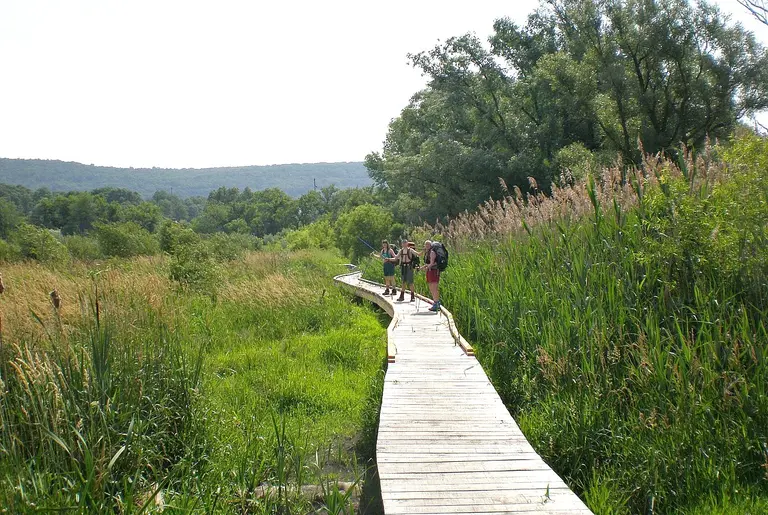
Pochuck Creek, photo via Pixabay
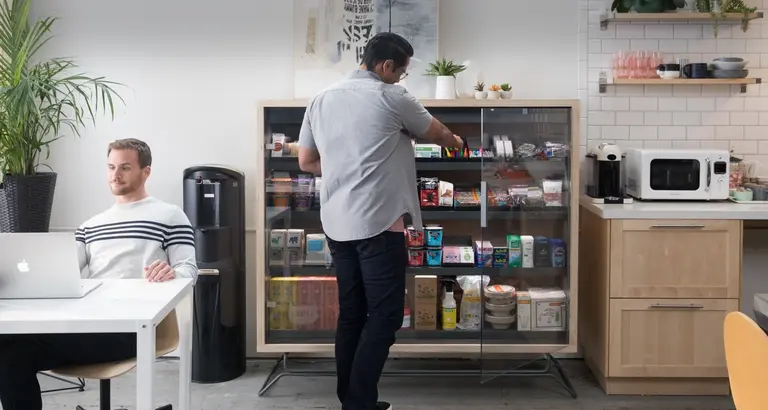
Image via Bodega

Images by Esther Bubley, 1943. Courtesy of the Esther Bubley Photo Archive
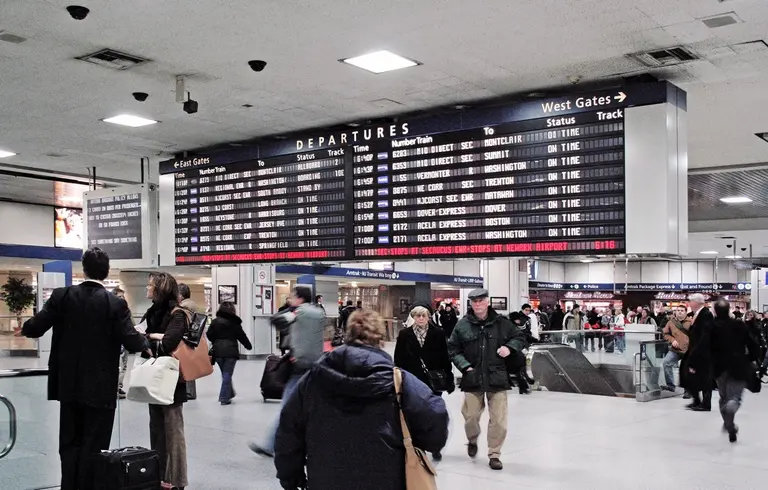
Photo via Kev Harb on Flickr
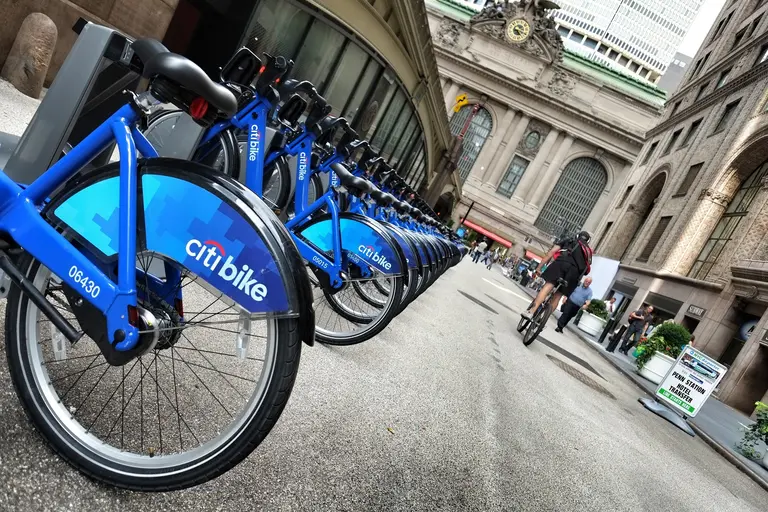
Photo courtesy of Nick Harris on Flickr
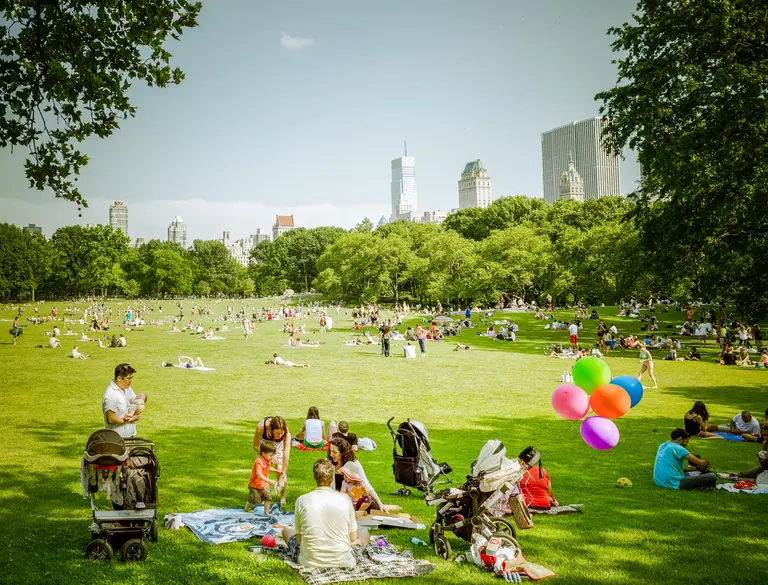
Families in Central Park’s Sheep Meadow, photo courtesy of ep_jhu on Flickr
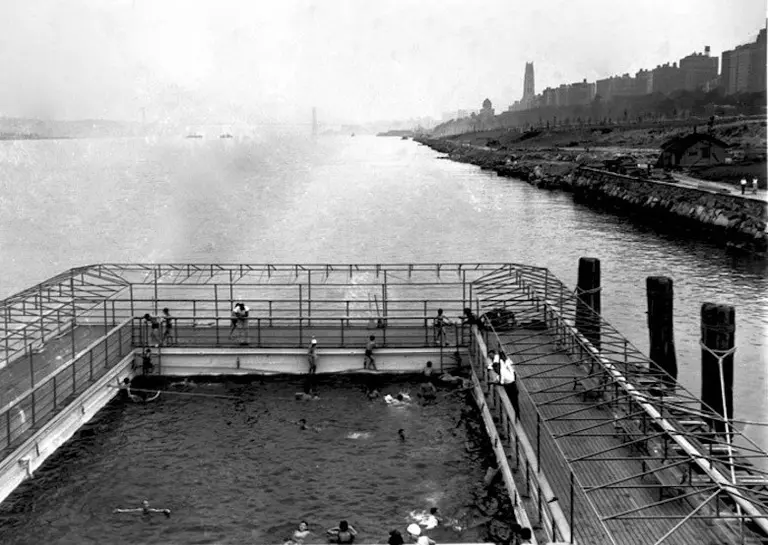
Early public floating bath. Image: New York City Department of Parks and Recreation.
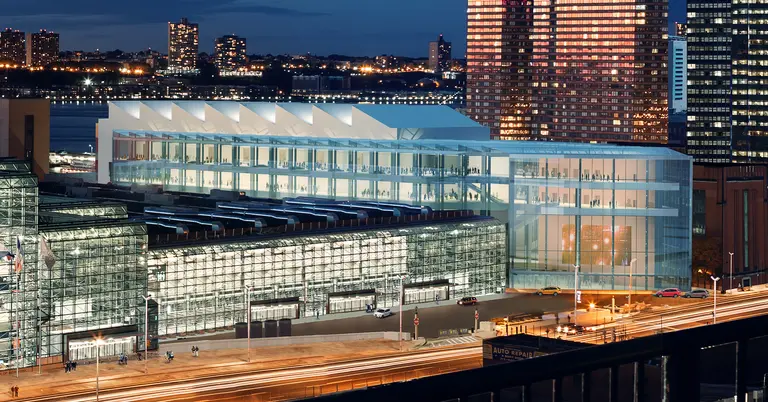
Image via Office of Gov. Cuomo depicting the Javits’ upcoming expansion
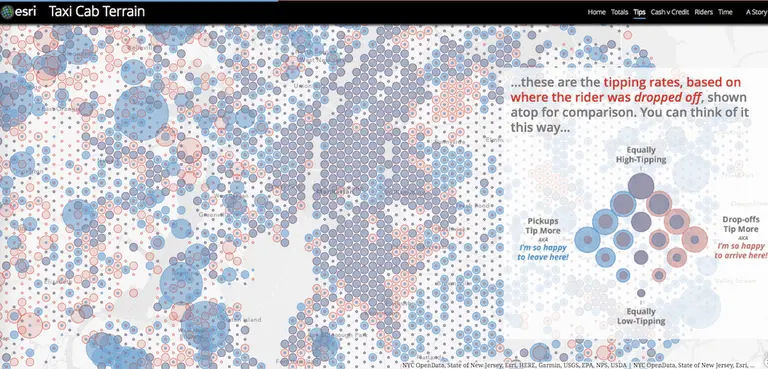
Images: Esri Taxi Cab Terrain map
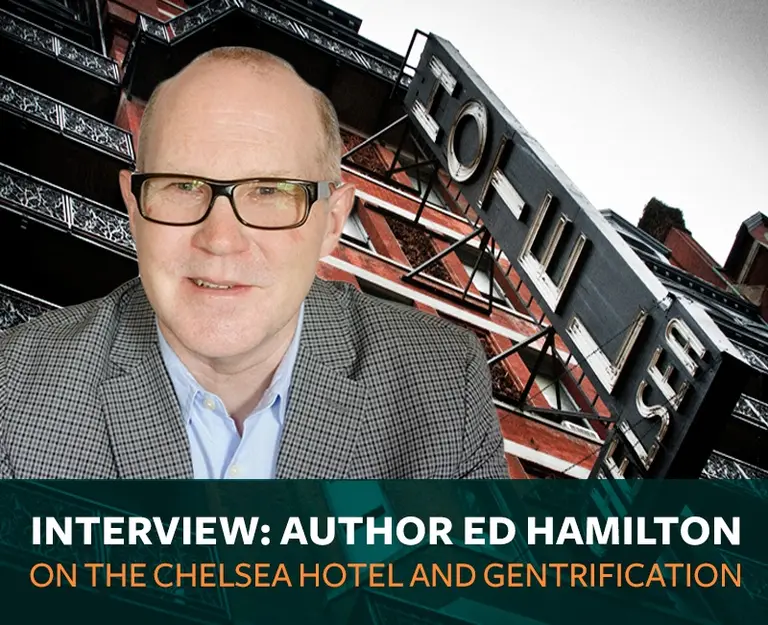
Background image via Andrew Malone/Flickr

Photo via NoiseAware

Los Angeles via Wikimedia
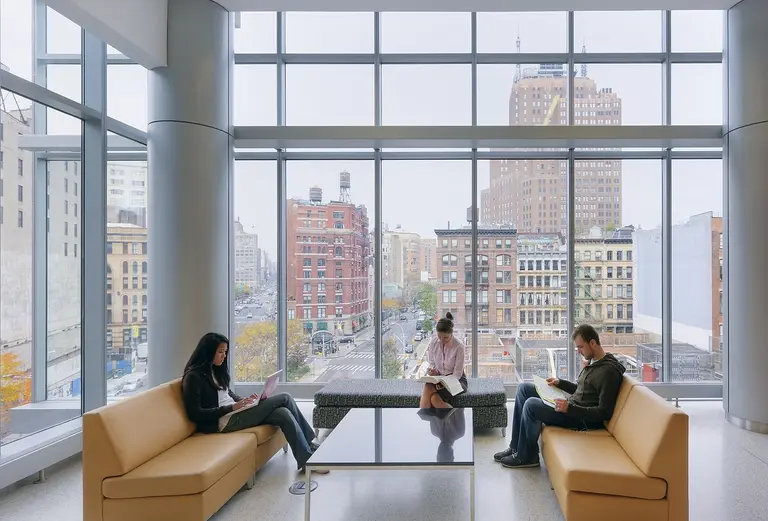
Photo via New York Law School/Flickr

Image via Nick Harris/Flickr
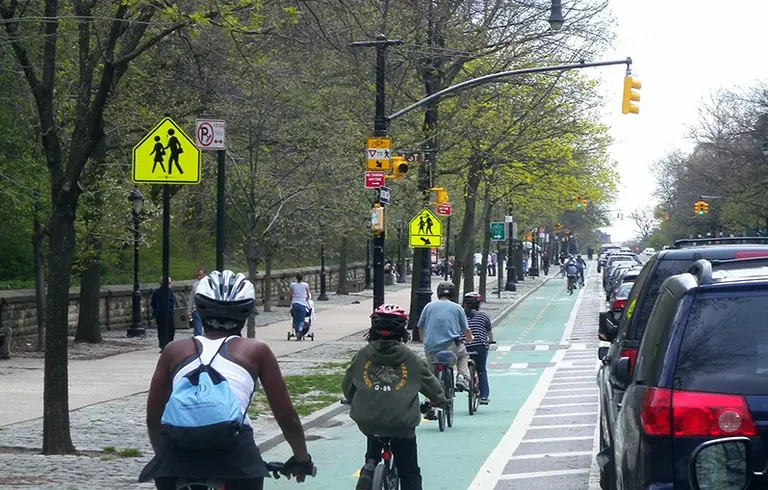
Image via WikiCommons
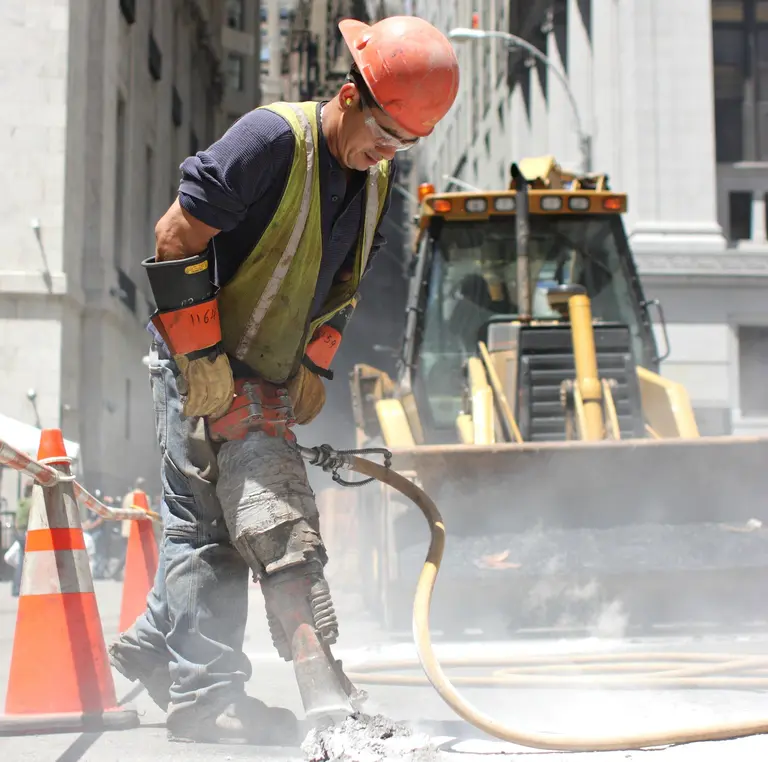
Photo via Nick Allen on Flickr